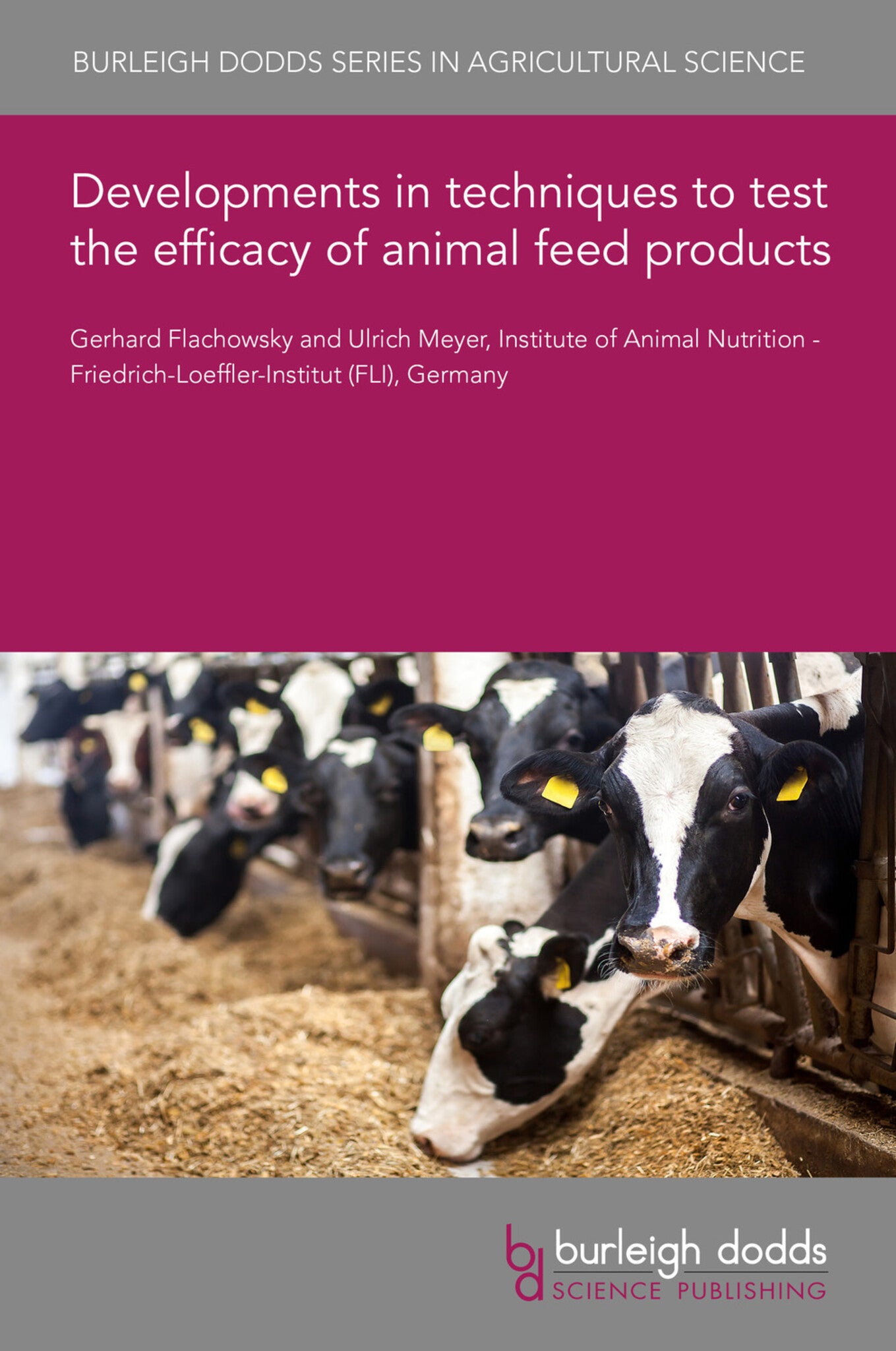We're sorry. An error has occurred
Please cancel or retry.
Developments in techniques to test the efficacy of animal feed products

Some error occured while loading the Quick View. Please close the Quick View and try reloading the page.
Couldn't load pickup availability
- Format:
-
07 June 2021


TECHNOLOGY & ENGINEERING / Agriculture / Animal Husbandry, Animal husbandry, TECHNOLOGY & ENGINEERING / Agriculture / Sustainable Agriculture, Sustainable agriculture, Agricultural science

1 Introduction 2 The EFSA-FEEDAP Guidance document 3 Reporting of efficacy studies 4 Key research steps in demonstrating the efficacy of animal feed products 5 Demonstrating efficacy: the case of reducing nitrogen (N) excretion 6 Demonstrating efficacy: the case of reducing mycotoxin contamination of feed 7 Demonstrating efficacy: the case of reducing methane emissions from the rumen 8 Conclusions 9 References



